Check Availability
CHILDREN (AGES 0 - 12)
0
You need to select a city first
The list of traditional Mexican drinks and cocktails extends far beyond the classic margaritas, and there’s no better time to sample different Mexican cocktails than when you’re on a beach vacation in Loreto. As you lounge by the ocean in the afternoon or watch the sunset after dinner, savor the flavors of these traditional drinks and popular shots in Mexico.
Of all the popular shots in Mexico, tequila is the most famous, and it’s found behind bars all over the world. Made from fermented blue agave plants, the process of distilling tequila is strictly regulated, and only a few places in the country can produce it. As you sample tequila, be sure to savor the different flavors of tequila blanco, reposado, and añejo.
Cultural Note: The history of Mexican drinks is deeply intertwined with tequila’s story — dating back to pre-Hispanic civilizations that fermented agave sap (pulque). Modern tequila production originated in Jalisco in the 16th century and remains a cornerstone of Mexican liquors today.
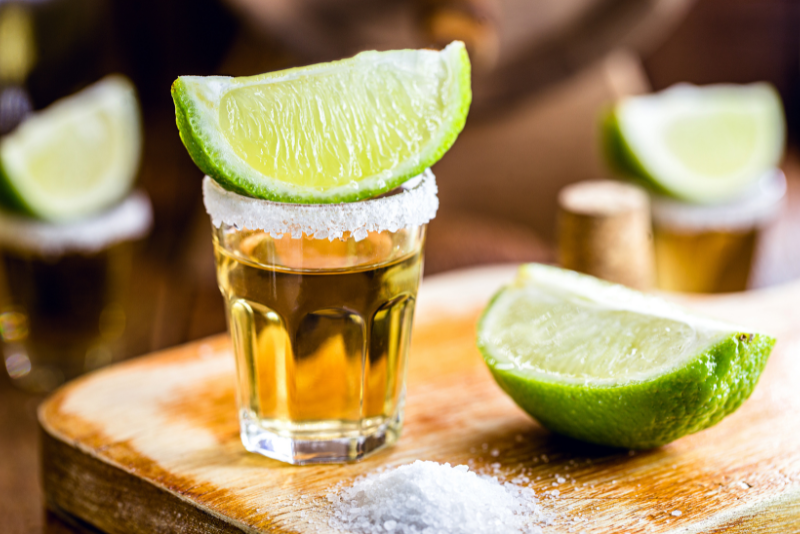
Mezcal is tequila’s smoky cousin. Made from other types of agave, mezcal maintains more of the smoky flavors of its distillation process. While it’s not as well known as other popular shots in Mexico, its presence around the world is starting to grow. Today, mezcal bars in Oaxaca and Mexico City are popular stops for those wondering what to drink in Mexico beyond tequila.
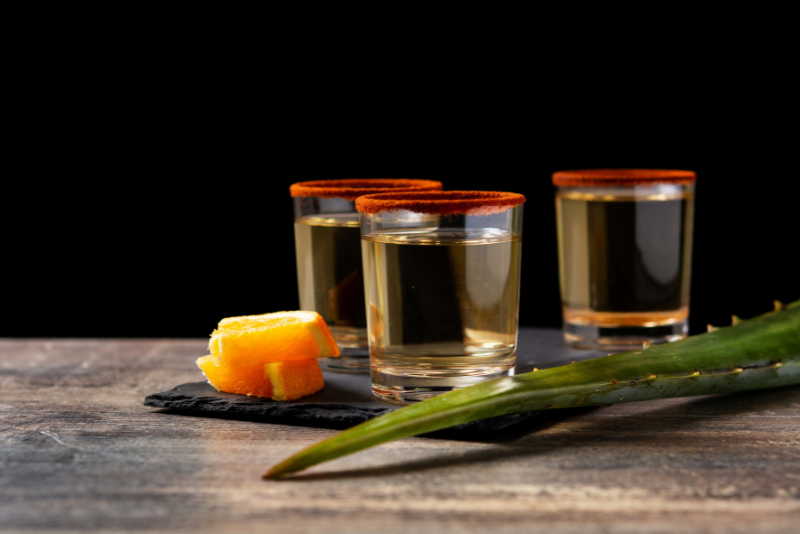
Once considered Mexico’s moonshine, raicilla is now appreciated by mixologists in both Mexico and the U.S. Also made from the agave plant, it offers the smokiness of mezcal with fruity and floral notes, earning a place among traditional Mexican liquors with growing international acclaim.
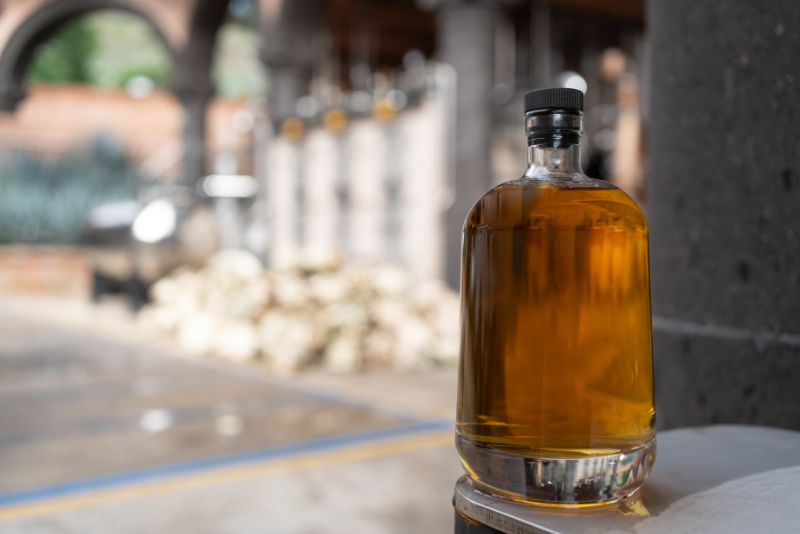
The margarita remains the iconic answer to what to order to drink in Mexico. Every bar in the country has its own twist on this classic Mexican cocktail — from traditional lime to creative variations featuring tamarind, cucumber, or even spicy jalapeño. Whether rimmed with salt or tajín, it’s a refreshing favorite.
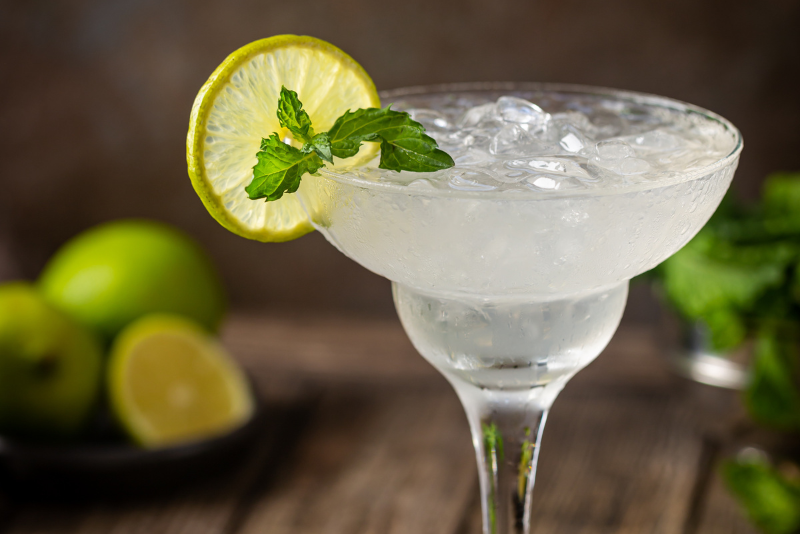
The paloma is another emblematic Mexican cocktail often overshadowed by the margarita but equally beloved. Made with tequila, grapefruit soda, and lime, it’s fizzy, tart, and perfect for sipping under the Baja sun.
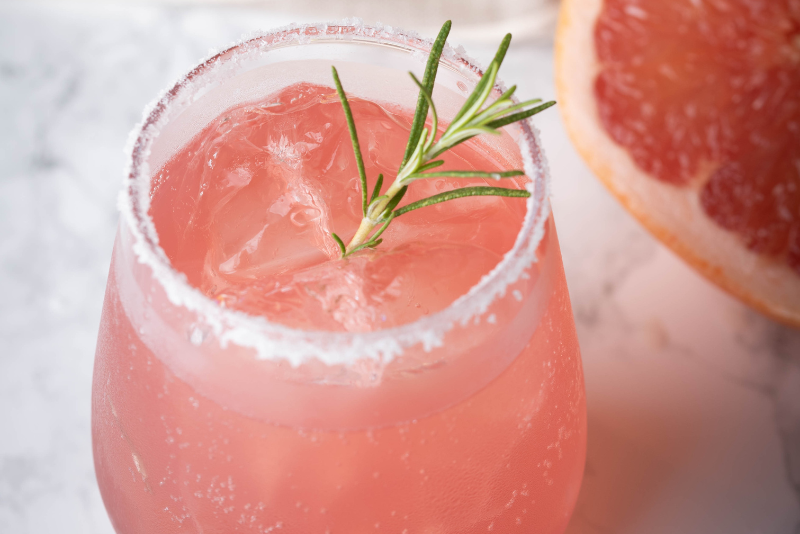
After a full meal of authentic Mexican cuisine, enjoy a carajillo — freshly brewed espresso blended with Licor 43, a sweet vanilla-citrus liqueur. Served hot or over ice, it’s one of the most popular after-dinner drinks in Mexico.

Mexico’s craft beer movement continues to grow, with microbreweries producing everything from IPAs —hoppy, aromatic beers— to stouts, dark brews with notes of coffee or chocolate. While well-known labels like Corona and Modelo dominate internationally, regional breweries — such as Baja Brewing Co. in Los Cabos and Cervecería Wendlandt in Ensenada — are redefining Mexican beer culture. These are must-try options for visitors seeking where to find craft beer in Mexico.
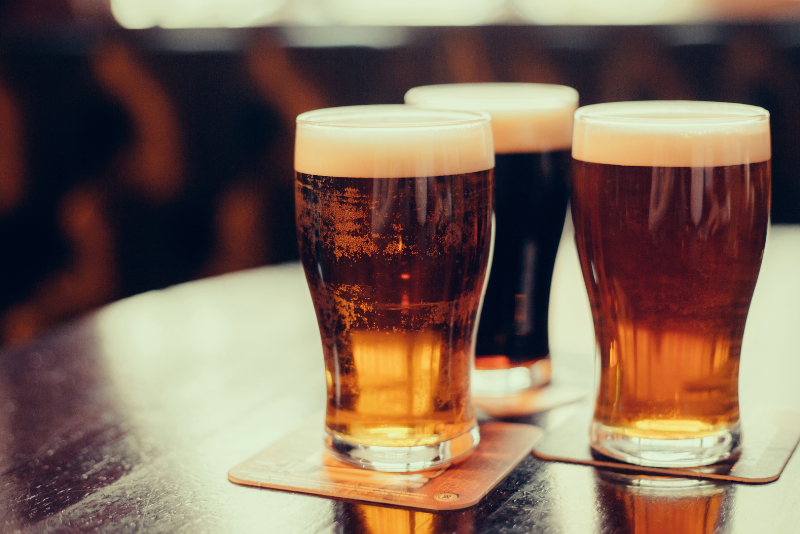
For a unique beer experience, try a michelada — a spicy beer cocktail made with clamato juice, lime, and hot sauce. Similar to a Bloody Mary but lighter, it’s perfect for brunch or as a hangover cure.
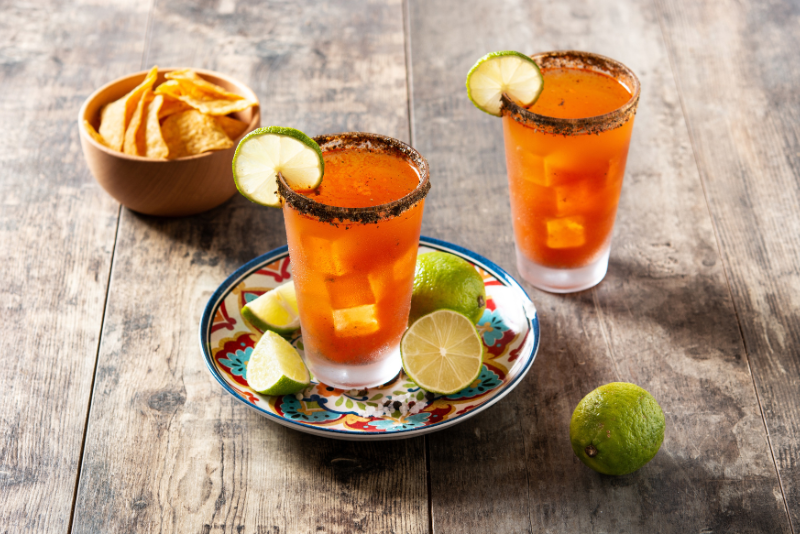
Mexico’s wine tradition dates back to the 1500s, making it one of the oldest in the Americas. The Valle de Guadalupe in Baja California is now recognized worldwide for its award-winning reds and crisp whites, proving that Mexico’s terroir rivals that of Europe and California.
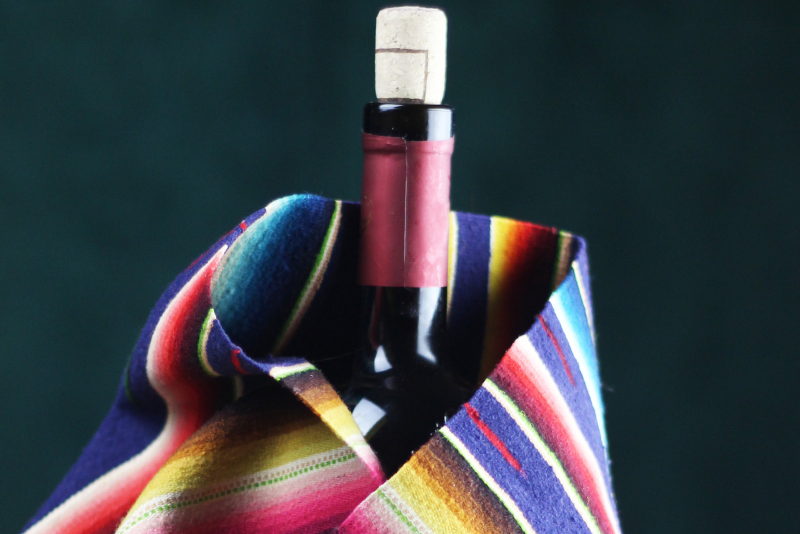
If you’re searching for non-alcoholic traditional Mexican drinks, agua de jamaica (hibiscus tea) is a must. Brewed from dried hibiscus flowers, this tart, ruby-colored beverage is both refreshing and rich in antioxidants. It’s a staple at family gatherings and taquerías alike.

Aguas frescas — fruit-infused waters made from seasonal produce like mango, lime, or strawberry — are among the most representative non-alcoholic drinks in Mexico. They embody the freshness and vibrancy of Mexican culinary culture.

To expand your list of what to drink in Mexico, don’t miss these comforting and historic beverages that reflect the diversity of Mexican culture — from pre-Hispanic roots to modern culinary creativity.
•Atole: A warm, corn-based drink thickened with masa and flavored with cinnamon, vanilla, or piloncillo (unrefined cane sugar). Traditionally served during Day of the Dead and Christmas festivities, it’s one of the oldest non-alcoholic drinks in Mexico.
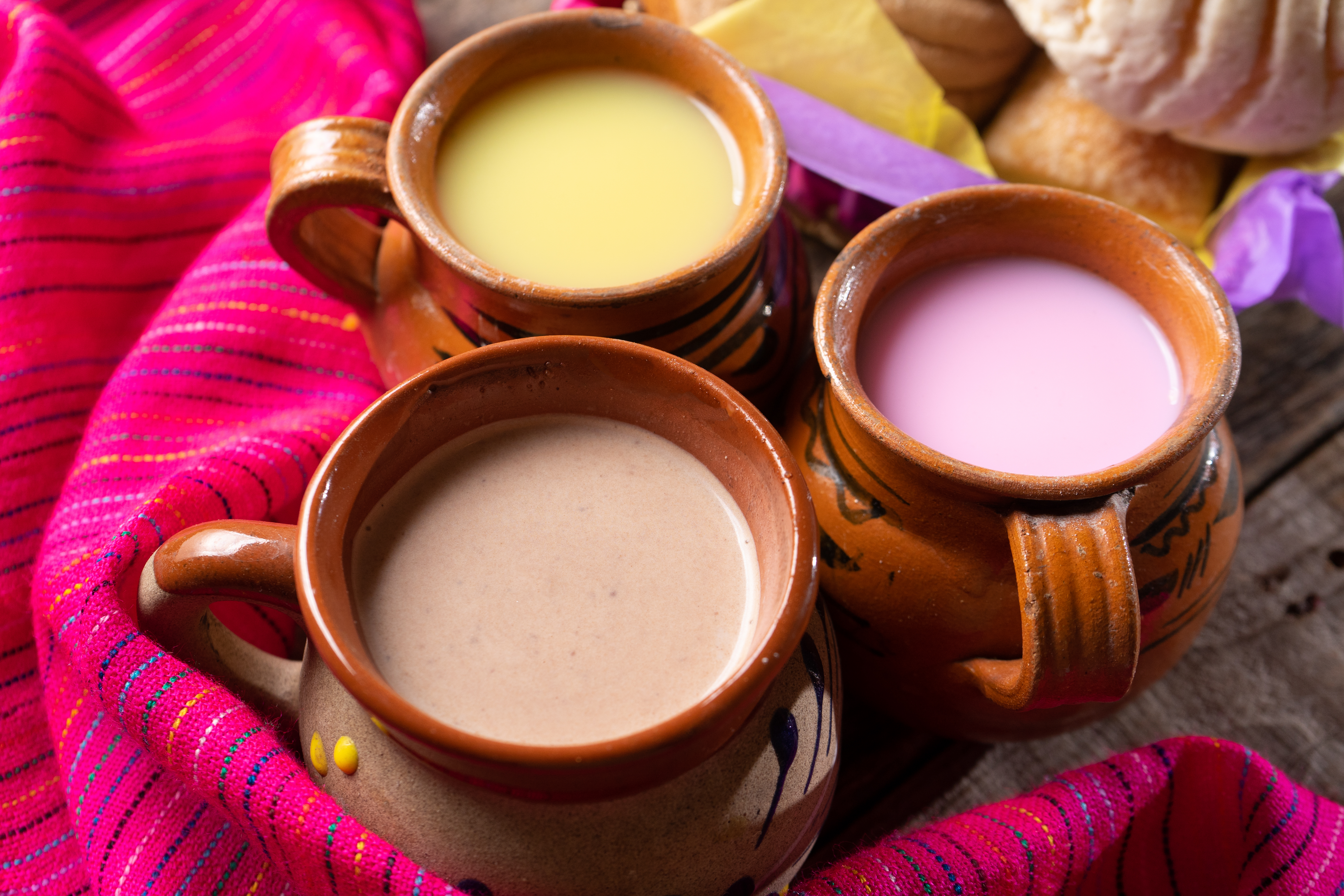
•Champurrado: A richer version of atole made with cocoa, milk, and spices, often enjoyed with churros or tamales. It’s especially popular during winter and at early morning celebrations known as posadas.
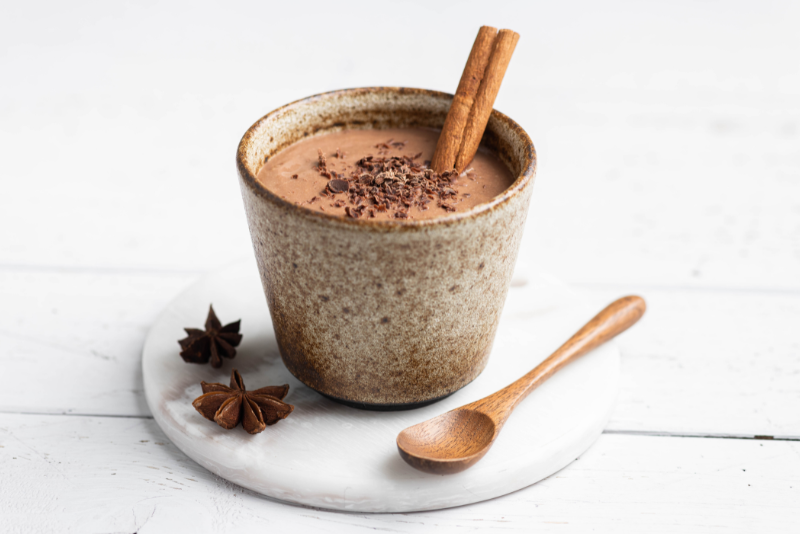
•Mexican Hot Chocolate: Derived from the ancient Aztec beverage “xocolatl,” this drink blends cacao with cinnamon, sugar, and sometimes chili, frothed to perfection using a molinillo (wooden whisk). It’s both comforting and historical — a true symbol of the cultural heritage behind Mexican drinks.
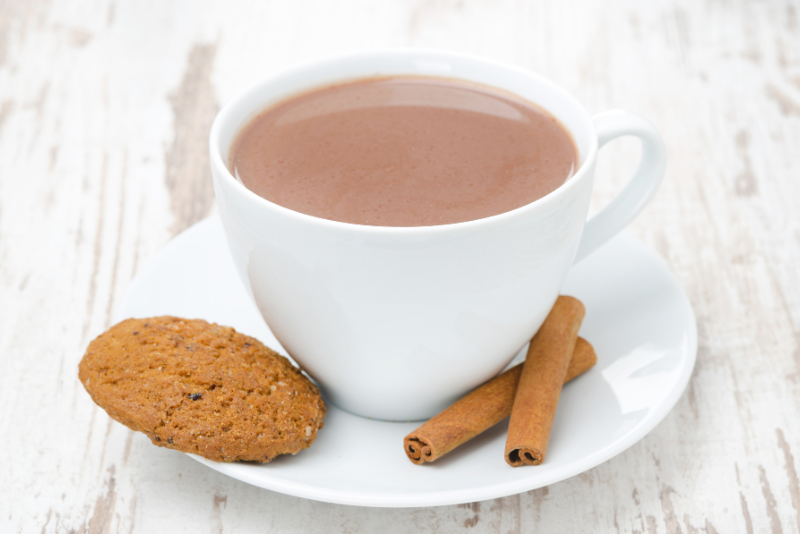
•Pulque: Known as the ancient ancestor of tequila and mezcal, pulque is a fermented beverage made from the sap of the maguey plant. Thick and slightly tangy, it was sacred in pre-Columbian times and is now experiencing a revival in urban bars across Mexico.
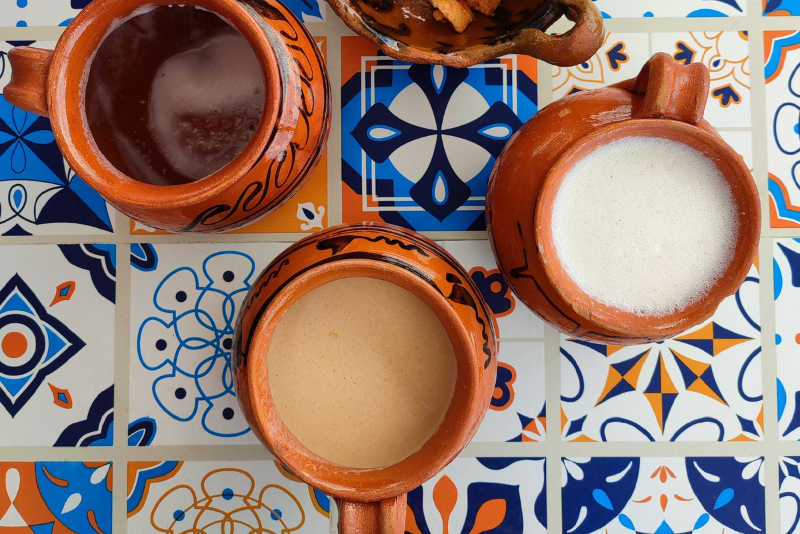
Tepache: A naturally fermented pineapple drink flavored with cinnamon and piloncillo. Slightly fizzy and low in alcohol, it’s a refreshing example of traditional Mexican fermentation techniques.
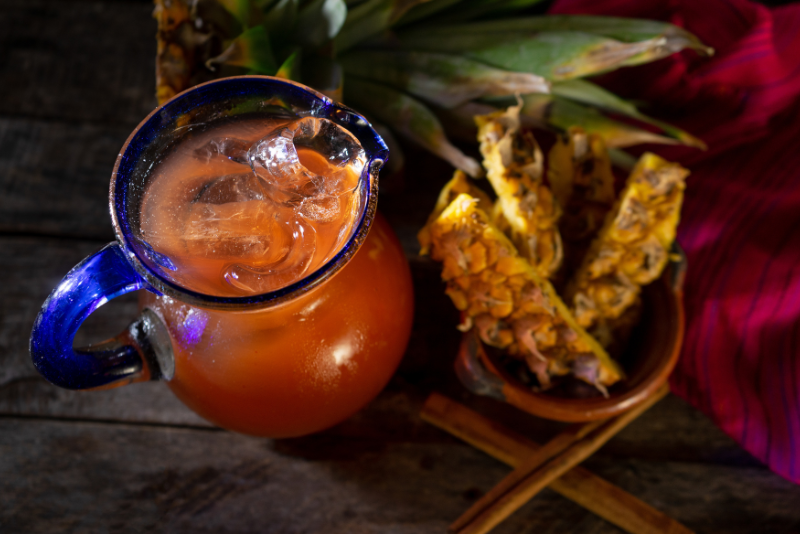
•Pozol: A traditional drink from southern Mexico made with corn dough, cacao, and water. Historically consumed by the Maya and Aztec civilizations, it served as both hydration and sustenance during long journeys.
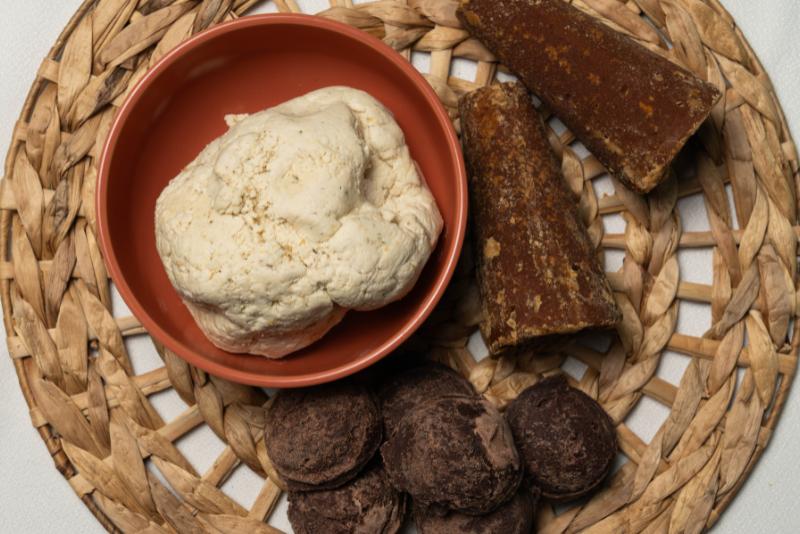
•Cantarito: Similar to a Paloma but served in a clay cup, the Cantarito mixes tequila, grapefruit soda, orange juice, and lime juice. The clay vessel enhances the aroma and keeps the drink cool — a rustic favorite in Jalisco.
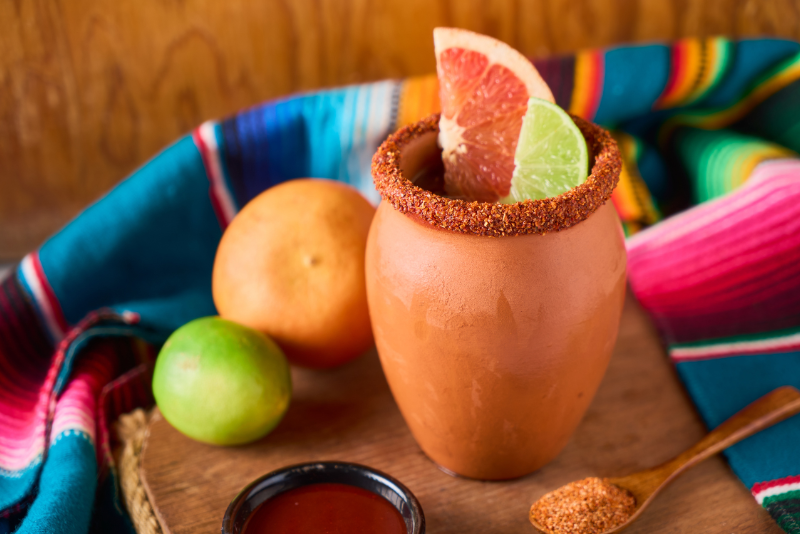
•Tuba: A tropical fermented drink made from coconut palm sap, commonly found in coastal areas like Colima and Baja California Sur. Sweet and tangy, it represents Mexico’s coastal beverage culture.
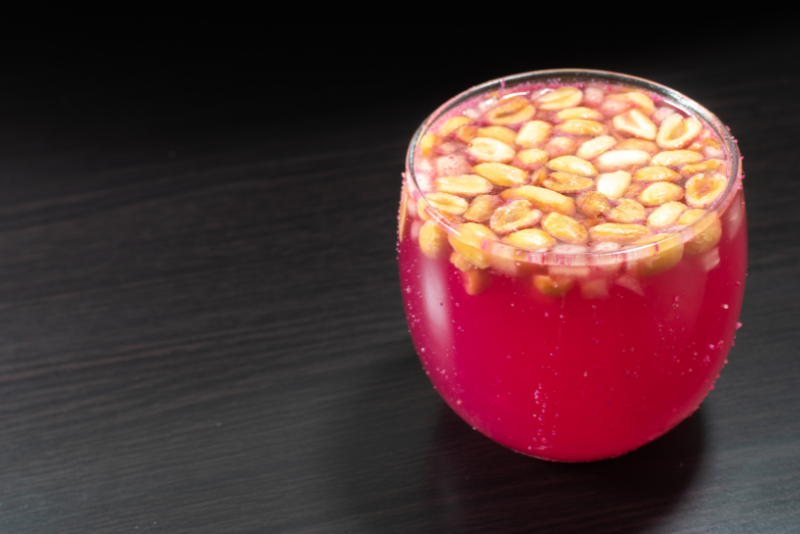
Each of these beverages — whether ancient or modern, alcoholic or not — tells part of the historical and cultural context of Mexican drinks, making them essential to taste at least once during your visit.
From ancient Mayan cacao rituals to the colonial origins of tequila and the modern craft beer movement, the story of Mexican drinks is one of cultural evolution and regional pride. Each beverage reflects the landscape and history of its birthplace — from the agave fields of Jalisco to the cacao farms of Chiapas and the vineyards of Baja California.
When you explore what to drink in Mexico, you’re not just sampling flavors — you’re tasting centuries of craftsmanship, spirituality, and creativity. Many traditional recipes have been passed down through generations, maintaining a balance between innovation and preservation. Whether enjoyed at a local cantina or a luxury resort, these beverages continue to symbolize celebration, community, and identity.
As you explore Mexican liquors, cocktails, and traditional drinks, you’ll discover much more than just great flavors — you’ll experience centuries of cultural evolution and creativity. Whether you’re sipping a carajillo after dinner or cooling off with agua fresca, these beverages tell the story of Mexico’s past and present, one sip at a time.
What is the main difference between tequila and mezcal?
Tequila is made exclusively from blue agave (Agave tequilana Weber) and must come from specific regions such as Jalisco, while mezcal can be made from more than 30 types of agave and is traditionally cooked in underground pits, giving it a smoky flavor.
Which Mexican craft beer brands are the most recognized?
Some of the top names include Baja Brewing Co., Cervecería Minerva, Cervecería Calavera, and Wendlandt Brewery — all of which produce high-quality Mexican craft beers with distinctive regional character.
How do you make the perfect margarita at home?
Combine 2 oz of tequila, 1 oz of fresh lime juice, and 1 oz of triple sec or Cointreau. Shake with ice, strain into a salt-rimmed glass, and garnish with a lime wedge. For a twist, add fruit puree or a tajín rim.
Which Mexican drink pairs best with tacos?
Micheladas and agua de jamaica (or any flavor of agua fresca) pair perfectly with tacos. Micheladas enhance spicy flavors, while jamaica provides a tart, refreshing contrast that balances the meal.
Are there traditional non-alcoholic Mexican drinks?
Yes! Classic options include atole, champurrado, aguas frescas, agua de jamaica, and Mexican hot chocolate — all rooted in rich culinary traditions and ideal for any age or occasion.
What is the historical background of tequila production in Mexico?
The origins of tequila trace back to pre-Hispanic times when Indigenous peoples fermented agave sap into pulque. After the Spanish introduced distillation, the process evolved into tequila as we know it today, centered in the region of Tequila, Jalisco, which now holds Denomination of Origin status.
What are some iconic Mexican cocktails besides the margarita?
Other classic cocktails include the Paloma, Cantarito, Carajillo, and Vampiro. Each showcases a different aspect of Mexican mixology and regional flavor.
What are the most popular traditional Mexican liquors?
The most iconic are tequila, mezcal, raicilla, bacanora, and sotol — each tied to a specific region with its own agave species and distilling traditions.
What should I order to drink in Mexico if I don’t drink alcohol?
Try agua fresca (fruit-infused water), agua de jamaica, horchata (rice and cinnamon drink), or atole. These are delicious, refreshing, and part of Mexico’s culinary heritage.


Subscribe to our newsletter and receive special offers and exclusive Resort news by Email, SMS, or WhatsApp.
Resort Phone: +52 (613) 134 1000
USA/CAN Toll Free Number: 1 800 790 4187
Km. 84, Carretera Transpeninsular, Ensenada Blanca Loreto, 23880 Loreto, Baja California Sur, Mexico
Pegasus: 75285
Copyright © 2021 — All rights reserved